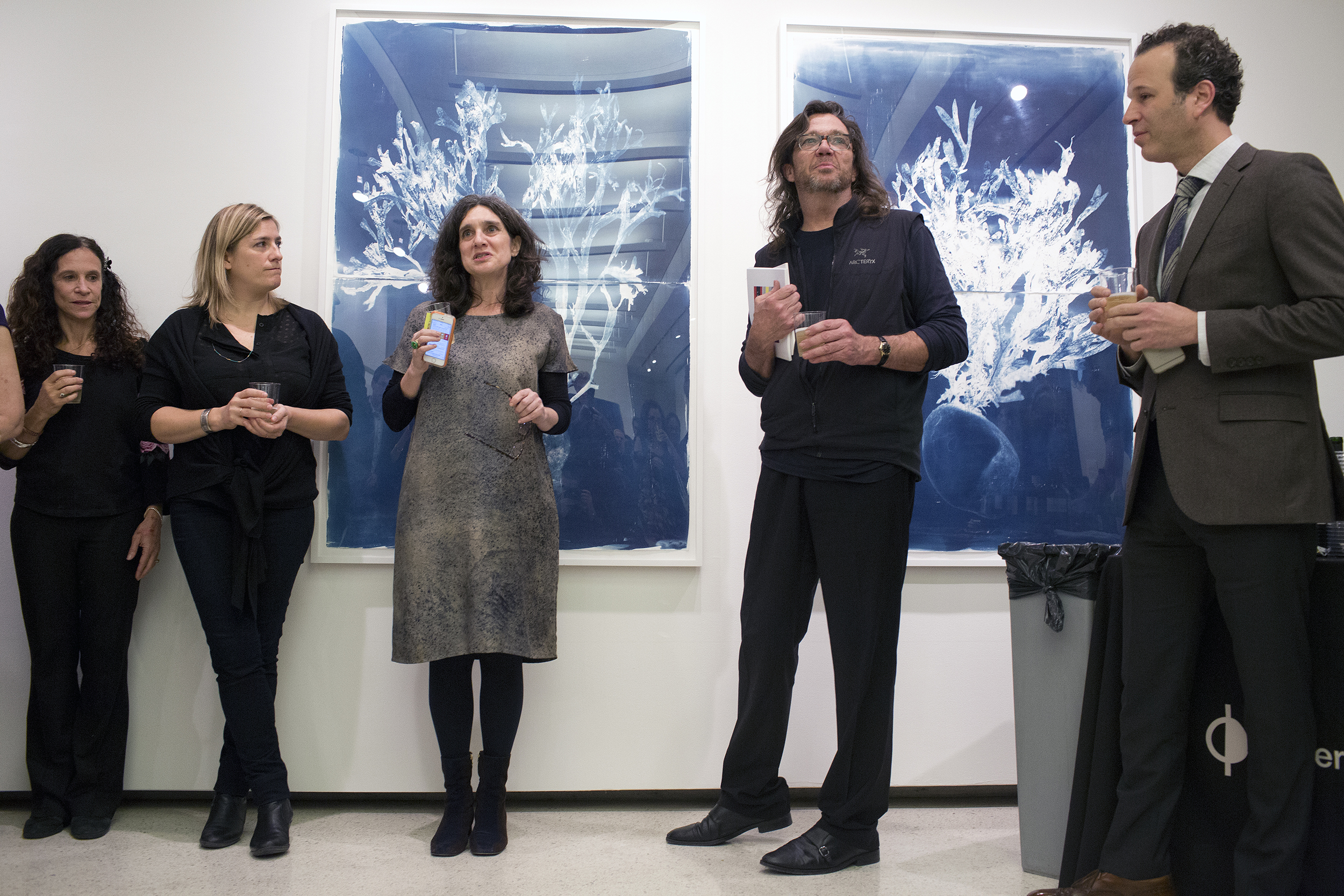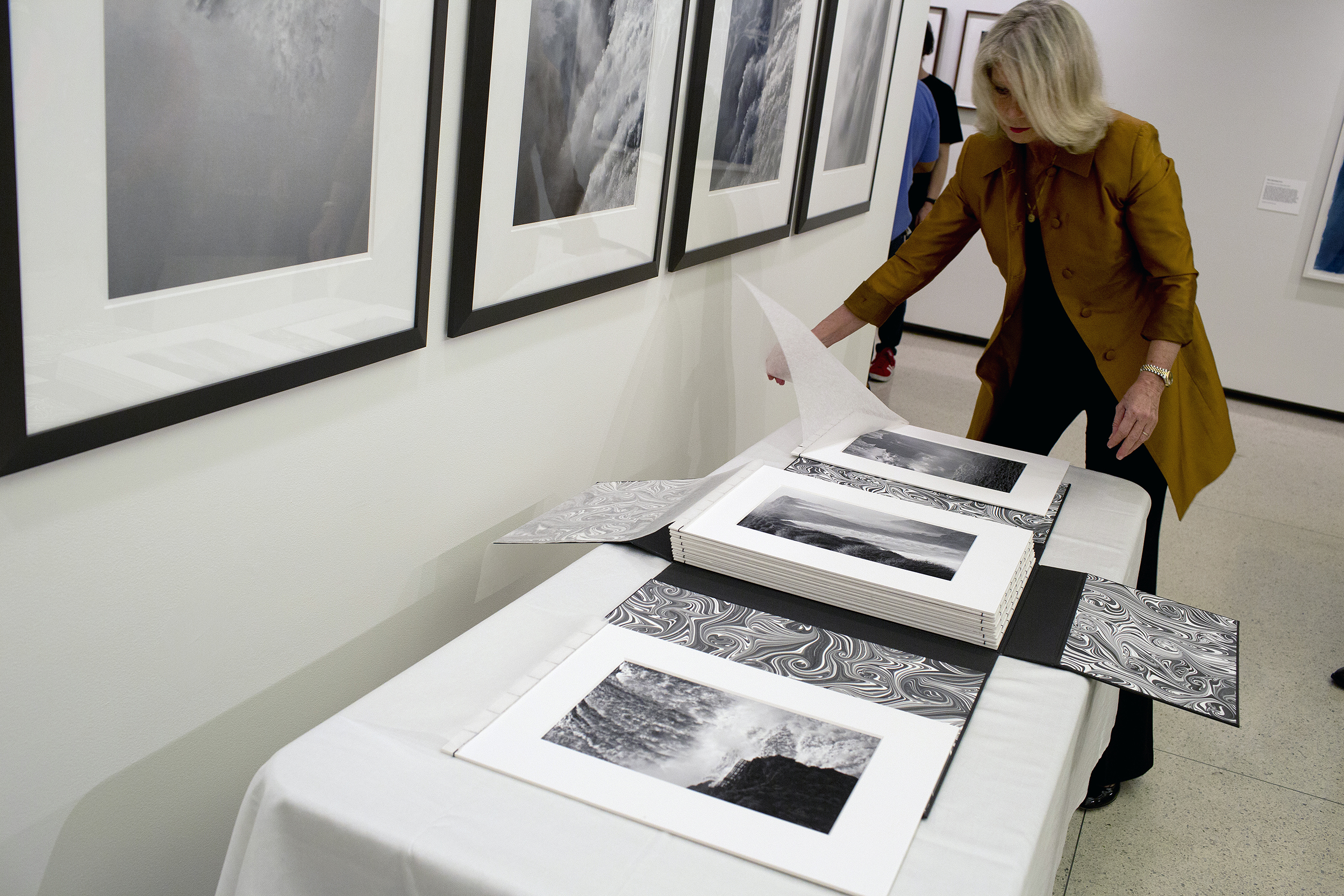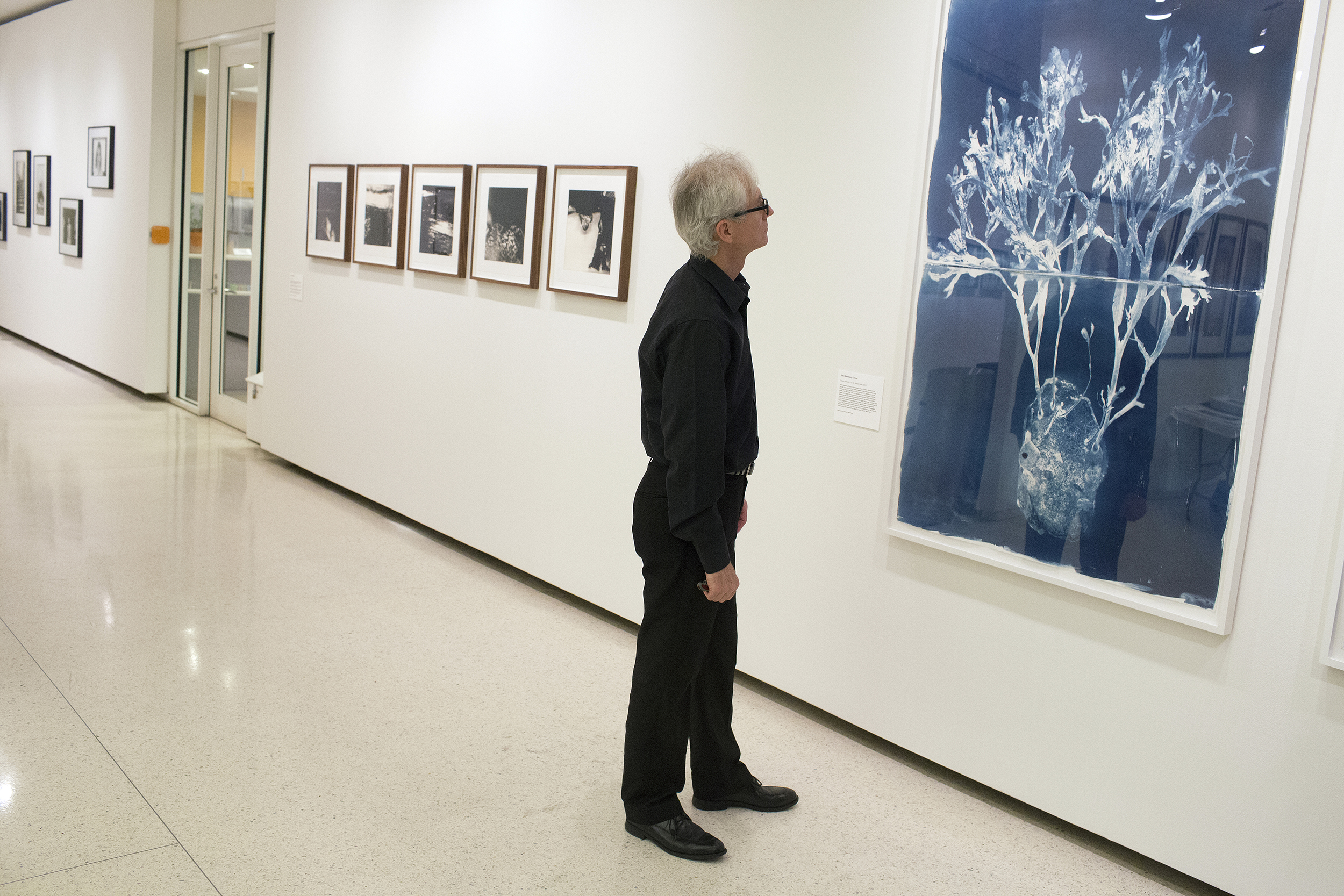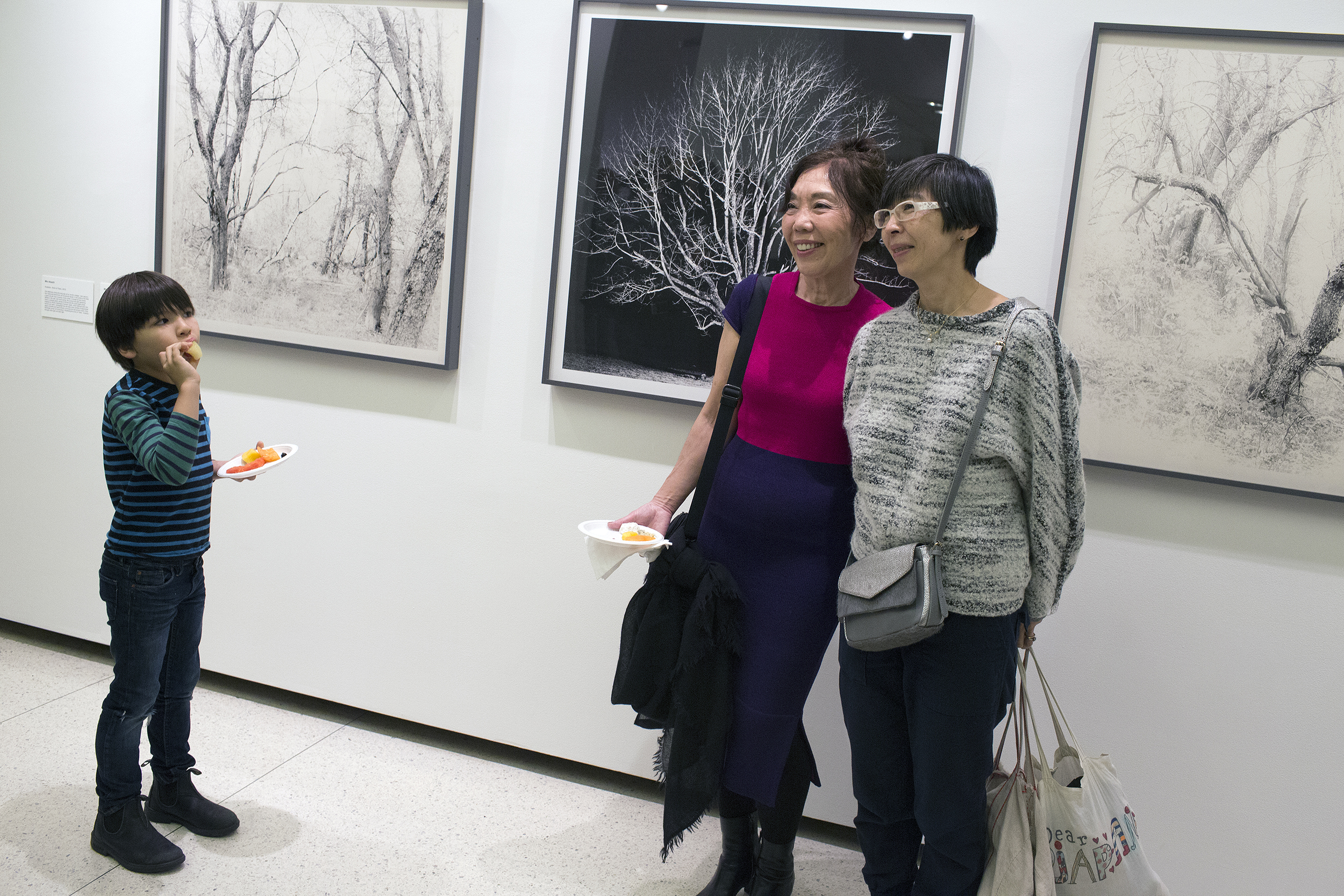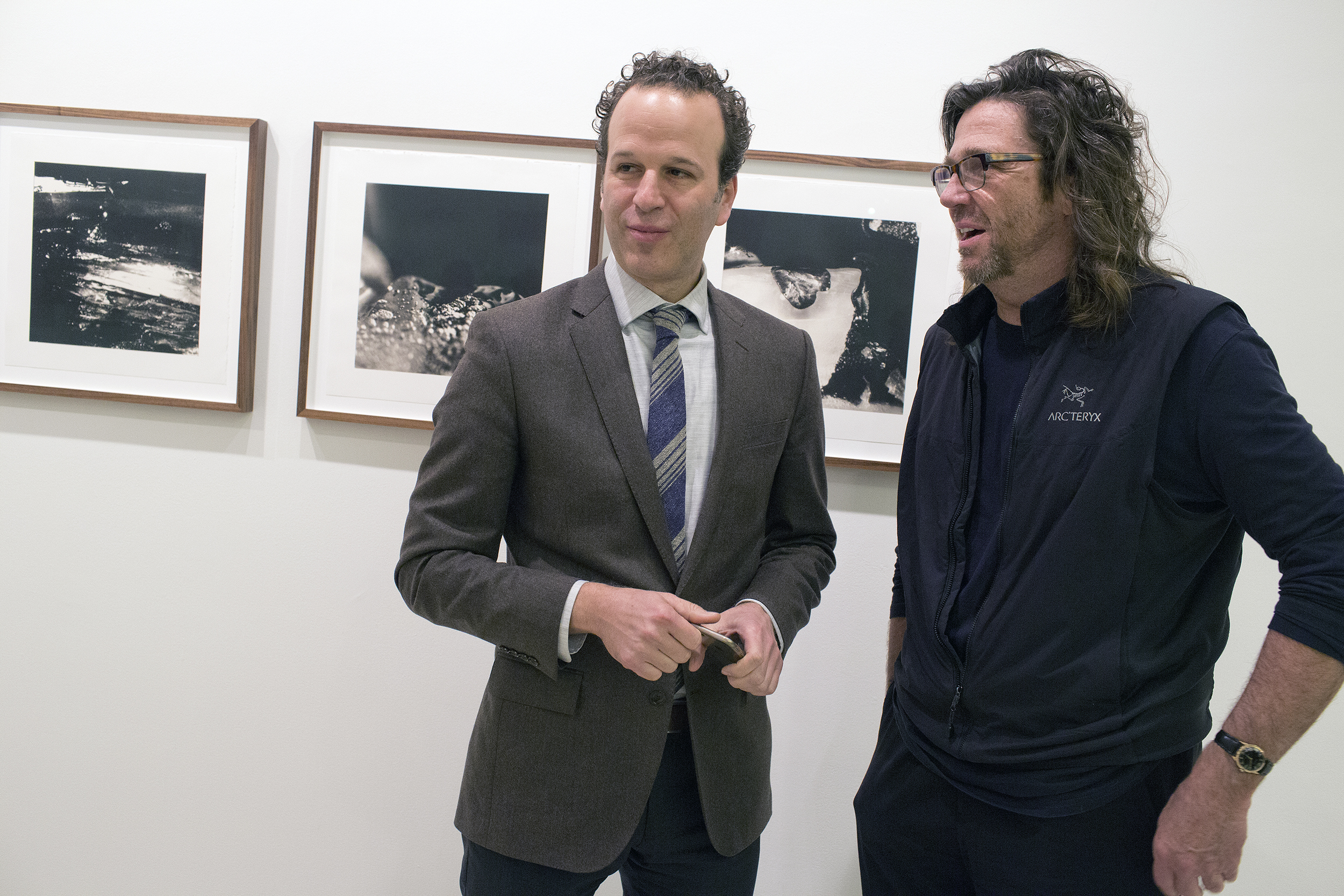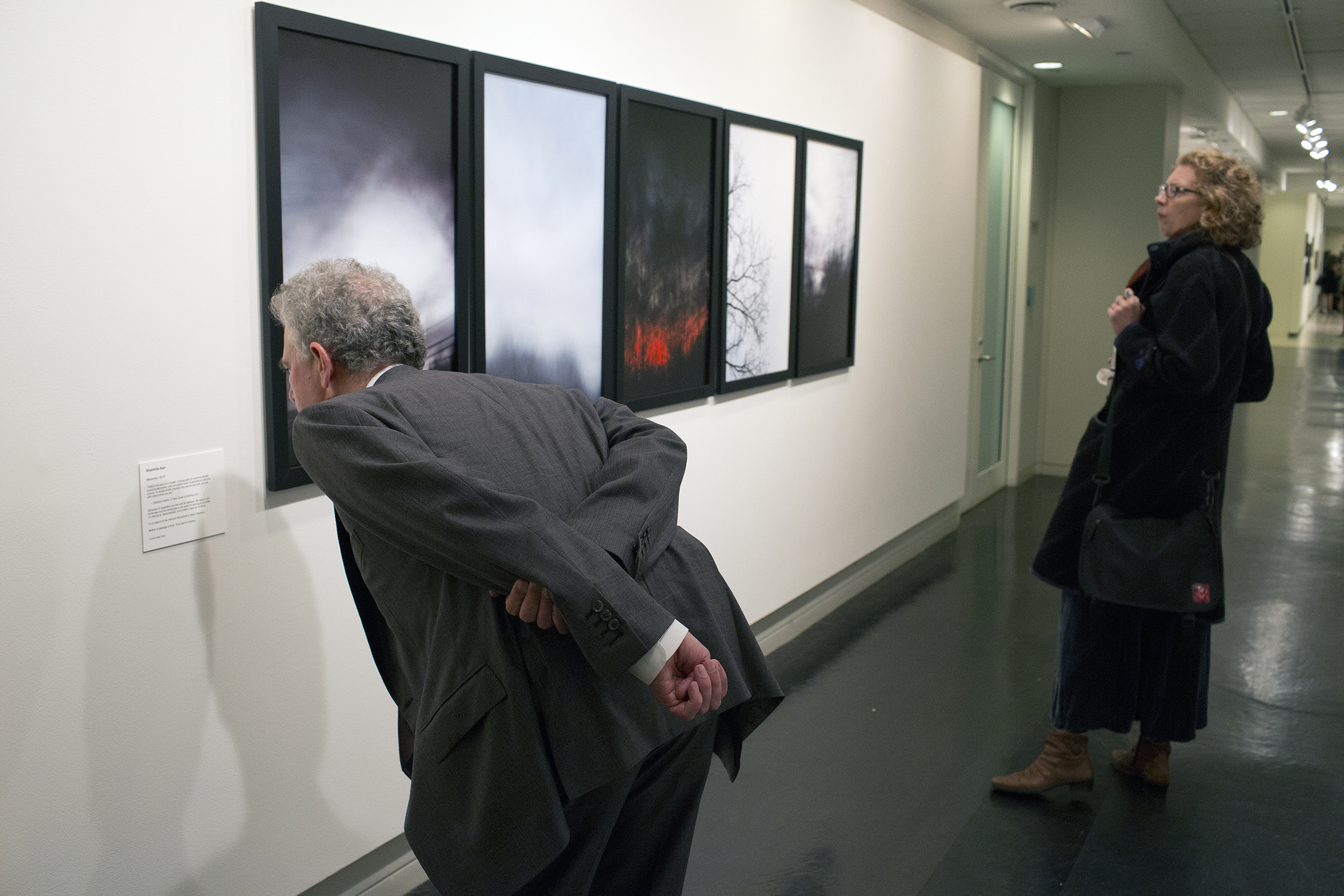Chuck Kelton and Alison Bradley

Pauline Vermare: Dear Alison and dear Chuck, may I first ask you both to introduce yourselves?
Alison Bradley: I am Alison Bradley, specialist in photography, private dealer and curator. I am also an educator, primarily at ICP, for more than a decade. Teaching here is a part of my own practice that I treasure.
Chuck Kelton: I am an artist, educator and a master printer. At Kelton Labs, I have spent many years working with some of the most significant photographers of the 20th century, collaborating with them on projects and specifically producing gelatin silver prints for their exhibitions and portfolios. My own art works are in museum collections all over the world.
Would you tell us about your class?
AB: This year marks the third iteration of our class. Uniquely conceived by Chuck and myself, the class is meant as a “Master Class” –an amalgam of critiques, photo history, on site visits to exhibitions, meetings with curators, gallery directors and photo-related service providers, and artist visits. The final exhibition is also a very important component as we go through all the process from concept to a final form. The set up of the show and all it entails plus the creation of an exhibition catalogue is also very important element.
Our thought was to make a class/environment that supports, informs and inspires the photographer/artist and gives no easy answers to how they should make work, but rather a series of meetings that foster a way to create their own methodologies. We strongly advocate the year long and ongoing structure, as it provides students with a community and continuity, as much, it turns out, with us as teachers as amongst themselves. Some of our students have been with us all the years!

What brought you to teach together?
AB: I was Chuck’s student at ICP in the Master’s program ICP/NYU (Chuck has been involved with the ICP School for over 25 years) and his role as my mentor has never waivered. Once I began teaching, we found we shared similar experiences and wishes for what and how we could teach. As he is an artist, printer and possesses so much knowledge about photography in all aspects, and I, as a curator, dealer and someone who inhabits the gallery world, our worlds and personalities complement one another and also contrast.
We both truly love teaching and watching and hopefully helping our students struggle, grapple, learn and blossom. We also have a lot of fun together in the class and I think our students sense this. We have very different personalities and come with knowledge from our own perspectives, so critique is often very rich. At the end of the day we possess quite similar aesthetic values and a deep commitment to quality, the photographic print as object and the legacy of photography as an art form, so we feel our class is dedicated to the highest level of proficiency regarding the medium.

Alison, would you describe your relationship to and involvement with ICP over the years?
AB: As an alumnus of ICP and now a teacher, I am completely in love with ICP. I feel like ICP is my family. I have been associated with all of it. I am a founding co-chair of Spotlights, a fundraiser and event I feel fully embodies the spirit, commitment and community of the institution. I adore the uniqueness of ICP: the Library, the School, the Museum and the Collections. I was fortunate enough to know the Fifth Avenue location, to have Cornell see my work, to wander the second floor galleries, to study in the library, to work in the basement darkroom.
The fact of seeing the Education team, the Library and the Museum, and really the institution as a whole, grow and evolve from there until now is heartening. I think ICP is one of the most unique places to learn Photography in the world and I feel so privileged to have evolved alongside it, from being a student to a teacher and also an active member in all it's branches. I owe my professional career to a great degree to ICP.

Your students’ show is currently on view at the ICP School galleries. Would you tell us more about them and about their work?
AB: What we pride ourselves and our students on is a determination to find the individual voice and way of expression. I think the diversity of imagery you see on the walls is a testament to this. Our students work hard to develop their voice and visual expression. Chuck and I are very adamant that there are no rules, except the striving for the highest quality of execution of the photographic print and presentation of this. As you see on the walls the students have found this quality and we think their work speaks loudly to their very own artistic visions.
Alison, as a photographer and as a curator, what are your main pieces of advice for your students?
AB: I am very focused on pushing the limits of the artist’s expression, having the photographer understand the medium, its history and its technical range, and yet showing something unusual and definably individual. I advise students to look a lot, read, contemplate and to then push themselves from within. I find everybody desires a prescriptive approach and my answer is always that there is none and your way will be the key. This is who an artist is, a maverick who is respectful of their medium.

Chuck, as a photographer and as a printer, you have seen the medium evolve tremendously over the past years with the advance of digital technologies. How would you describe the way photography, prints and print making, have changed?
CK: Photography has always been defined by its continually changing technology. The technology or technique a photographer chooses articulates a specific need that is both visual and emotional for her or him. For the last two decades we have seen enormous changes in this medium. The accessibility to "perfect" image making is in the hands of everyone. Digital printmaking allows "all of us" to make spectacular objects to look at! The challenge is in creating a visual object that compels us to return to it again and again... quite simple really... this has always been the same! I'm excited by all image-making possibilities. The more the materials and technologies expand, the more potential language is created. I embrace all methods and feel the need to realize the greatest visual potential in all of them.

In this ever-changing industry, how do you envision ICP’s role, both as a school and as a museum, in the years to come?
AB: I hope that ICP remains committed to the institution’s four branches: School, Museum, Library and Collections. I hope very much to see an open, modern institution: uniquely allowing students to cross over into the curatorial and the collections and the public to see a school, library and a museum championing the medium. As photography becomes more available to anyone with a phone, so greater the need to truly understand and decipher what is an image and the processes available to make it. Classes should reflect traditional as well as utterly modern processes and photo history is a must.
As ICP possesses such a legendary, and groundbreaking, history, I see its duty, and unique position, as continuing to champion the medium through more challenging exhibitions that explore the medium historically and contemporary as well as showcasing deserved, and perhaps under represented, photographers. If you look at ICP’s exhibition history you will be amazed at the shows and artists ICP pioneered, so this spirit I hope will be the focus.
